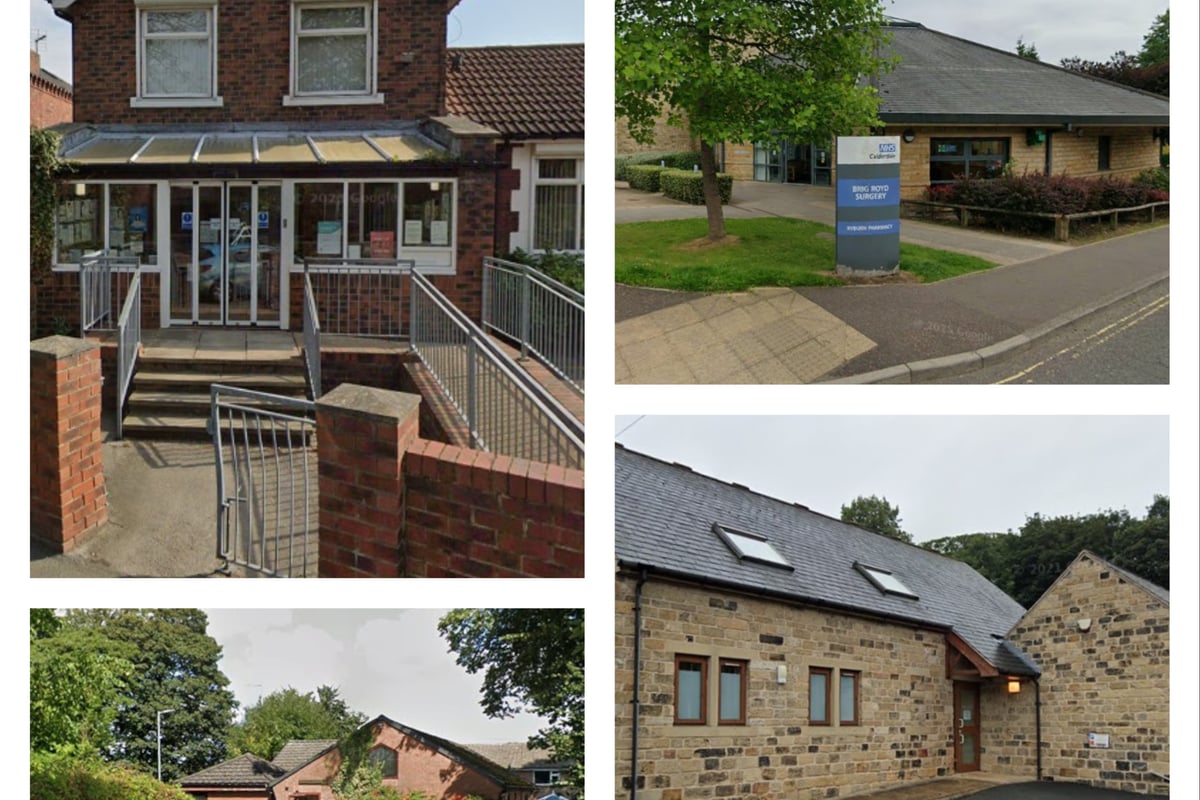Cardiac rehabilitation is crucial for patients recovering from heart surgery or significant cardiovascular events. This comprehensive program not only aids in short-term recovery but also significantly reduces the likelihood of hospital readmission and lowers the risk of future heart attacks. Yet, despite its myriad benefits, participation rates remain alarmingly low, particularly among women. Research indicates that even when women engage in these programs, they are less likely to complete them compared to their male counterparts.
According to Jessica Golbus, M.D., a cardiologist at the University of Michigan Health Frankel Cardiovascular Center, there are several barriers that hinder women’s access to cardiac rehabilitation. Golbus co-authored a scientific statement released in October 2025 by the American Heart Association, published in the journal Circulation. The statement highlights the benefits of cardiac rehabilitation, the challenges women face in accessing these programs, and potential solutions to encourage greater participation.
Understanding Cardiac Rehabilitation Benefits
Cardiac rehabilitation provides universal advantages for all patients, including reducing risk factors for future cardiovascular events, such as lowering blood pressure and cholesterol levels while enhancing overall quality of life. Although women participate in cardiac rehabilitation less frequently than men, studies reveal that those who do take part gain benefits comparable to their male peers. Golbus emphasizes the importance of these programs, stating, “There is so much research that shows how cardiac rehabilitation is an essential tool for patients to optimize their recovery.”
Despite its importance, many women do not receive adequate referrals for cardiac rehabilitation. Golbus notes that referral rates for women are notably lower than for men, a discrepancy that can be attributed to both diagnostic differences and clinician bias. “Patients are much more likely to enroll in cardiac rehabilitation if they have discussed it with their clinician, and unfortunately, clinicians are less likely to have that essential conversation with women, especially those from underrepresented racial groups,” she explains.
Barriers to Participation and Unique Needs
Several factors contribute to the low participation rates among women. Issues such as insurance coverage, transportation difficulties, and social isolation can further limit their access to these vital programs. Many women also bear caregiving responsibilities, which can present an additional barrier to enrollment.
Women who experience major cardiovascular events often have unique needs that are not fully addressed by existing programs. Research indicates that while both men and women may face depression and psychosocial distress following such events, these issues tend to be more pronounced in women. Furthermore, women are often older at the time of their heart event and may have coexisting health conditions that affect their ability to engage in exercise.
Golbus highlights that women are frequently referred to cardiac rehabilitation after less common diagnoses, such as coronary artery dissection, which may not be well understood by healthcare providers, further complicating their care.
To bridge the gap in cardiac rehabilitation participation among women, Golbus advocates for targeted interventions. Strategies to improve access could include increasing referral rates, implementing automatic referral processes, and enhancing communication between healthcare providers and patients.
Additionally, she suggests that rehabilitation programs could be tailored to better meet women’s needs by offering a wider range of exercise options, focused educational resources, and more comprehensive psychosocial support. Establishing peer support groups for women recovering from cardiovascular events could also foster a sense of community and improve mental health outcomes, which are essential for rehabilitation success.
Exploring virtual cardiac rehabilitation programs that incorporate digital health technologies could also expand access for those unable to attend in-person sessions, thus improving overall participation rates.
As awareness continues to grow about the disparities in cardiac rehabilitation participation, efforts to address these barriers will be vital. Engaging healthcare providers, enhancing program offerings, and leveraging technology can collectively contribute to a more equitable healthcare landscape for women facing cardiovascular challenges.







